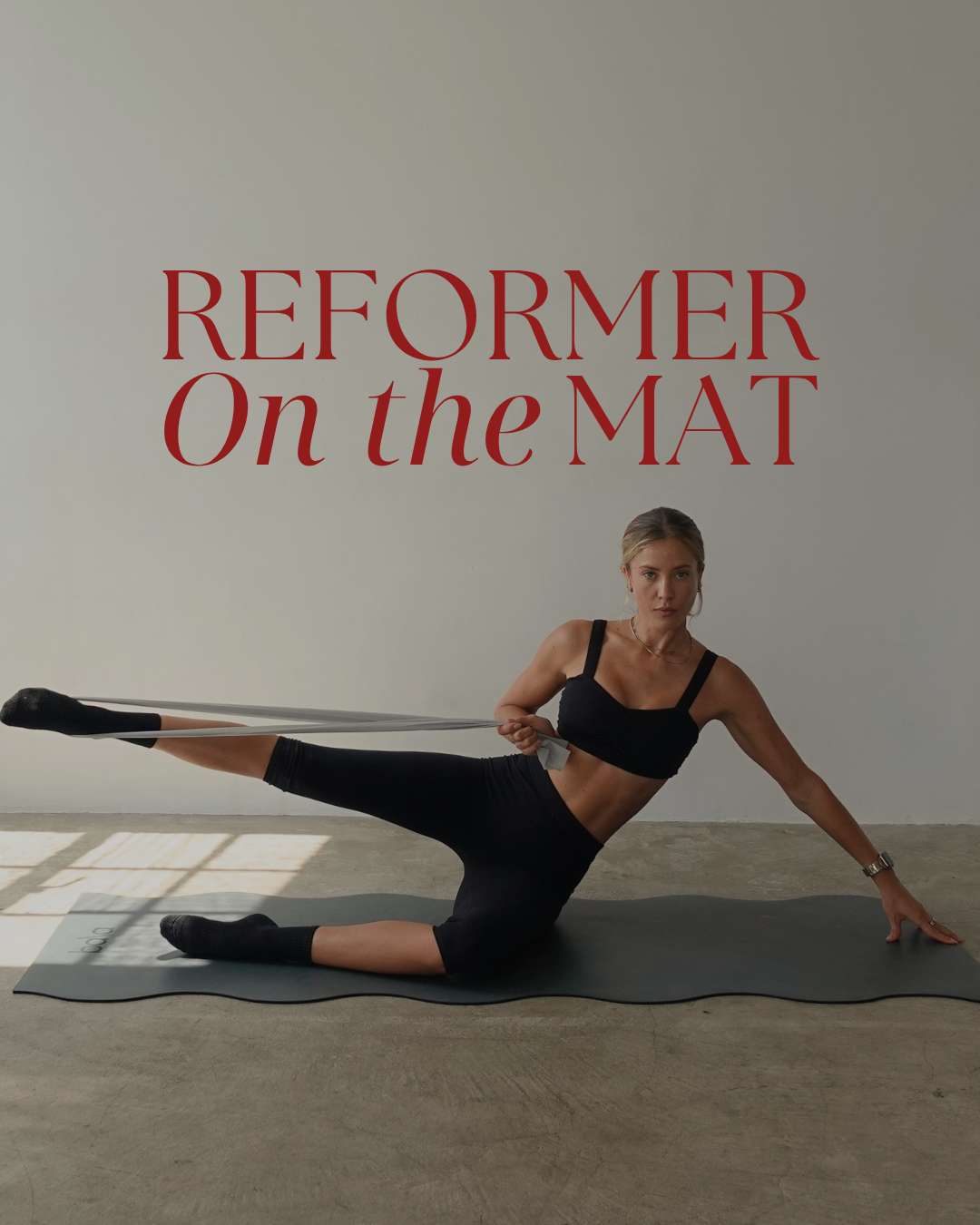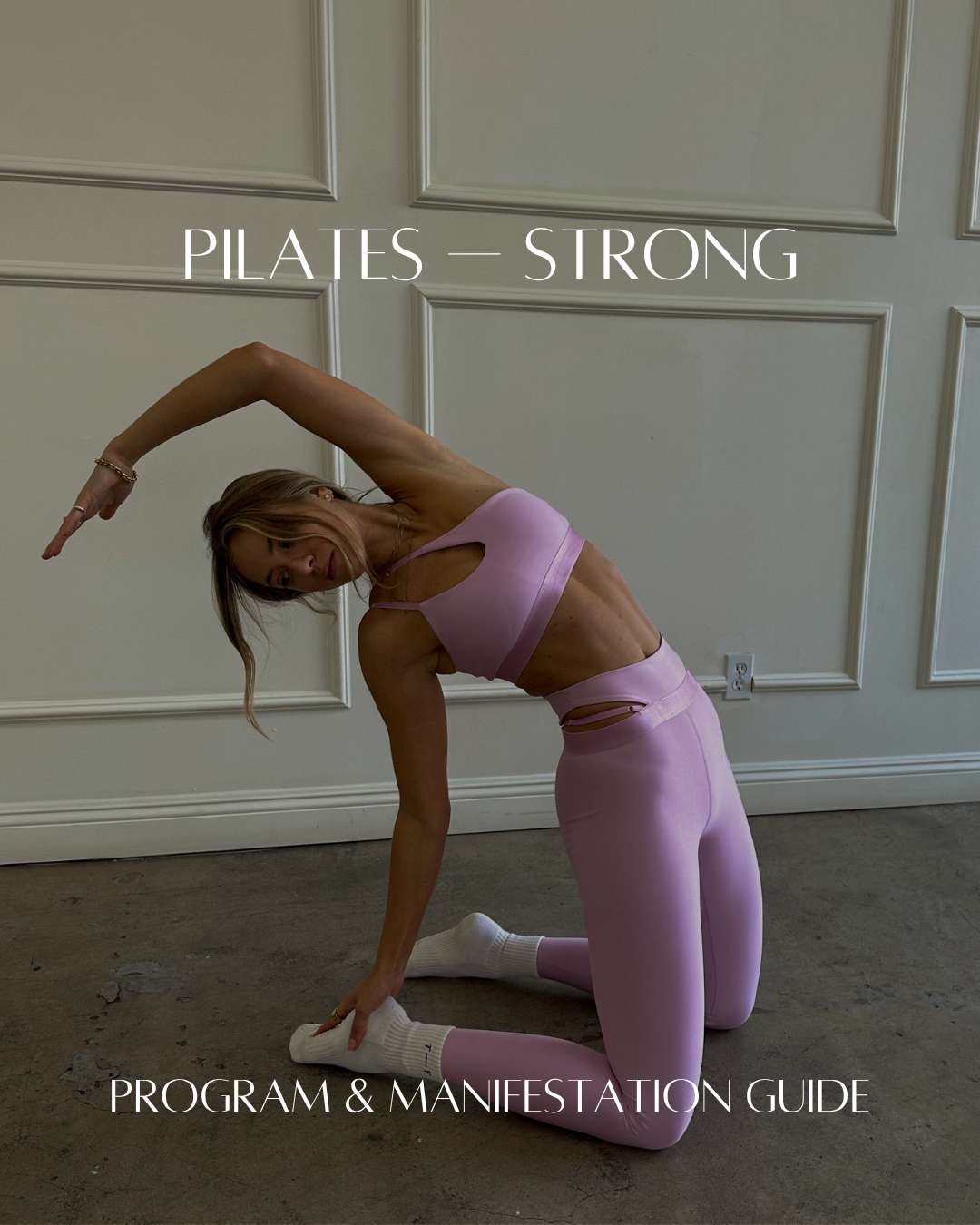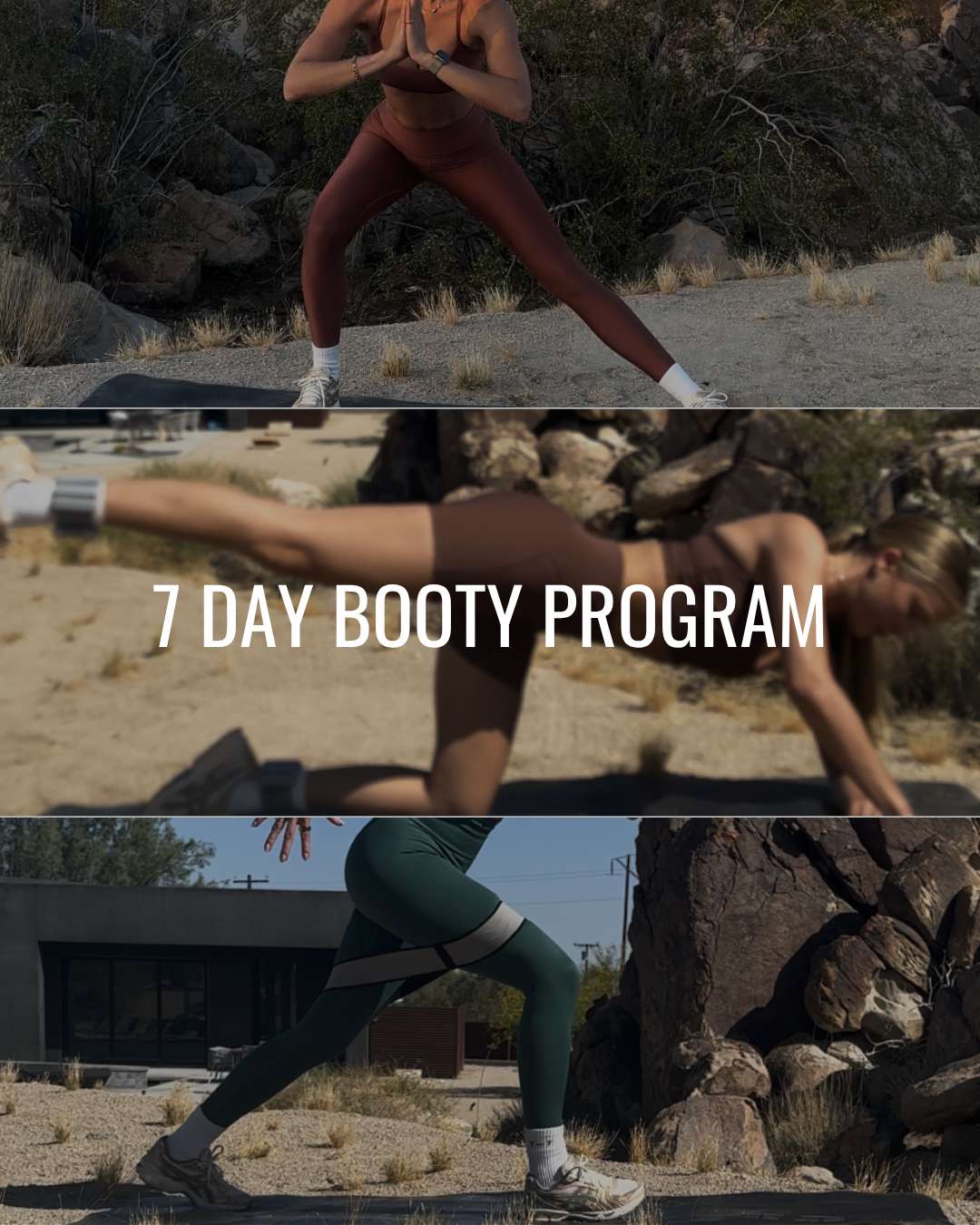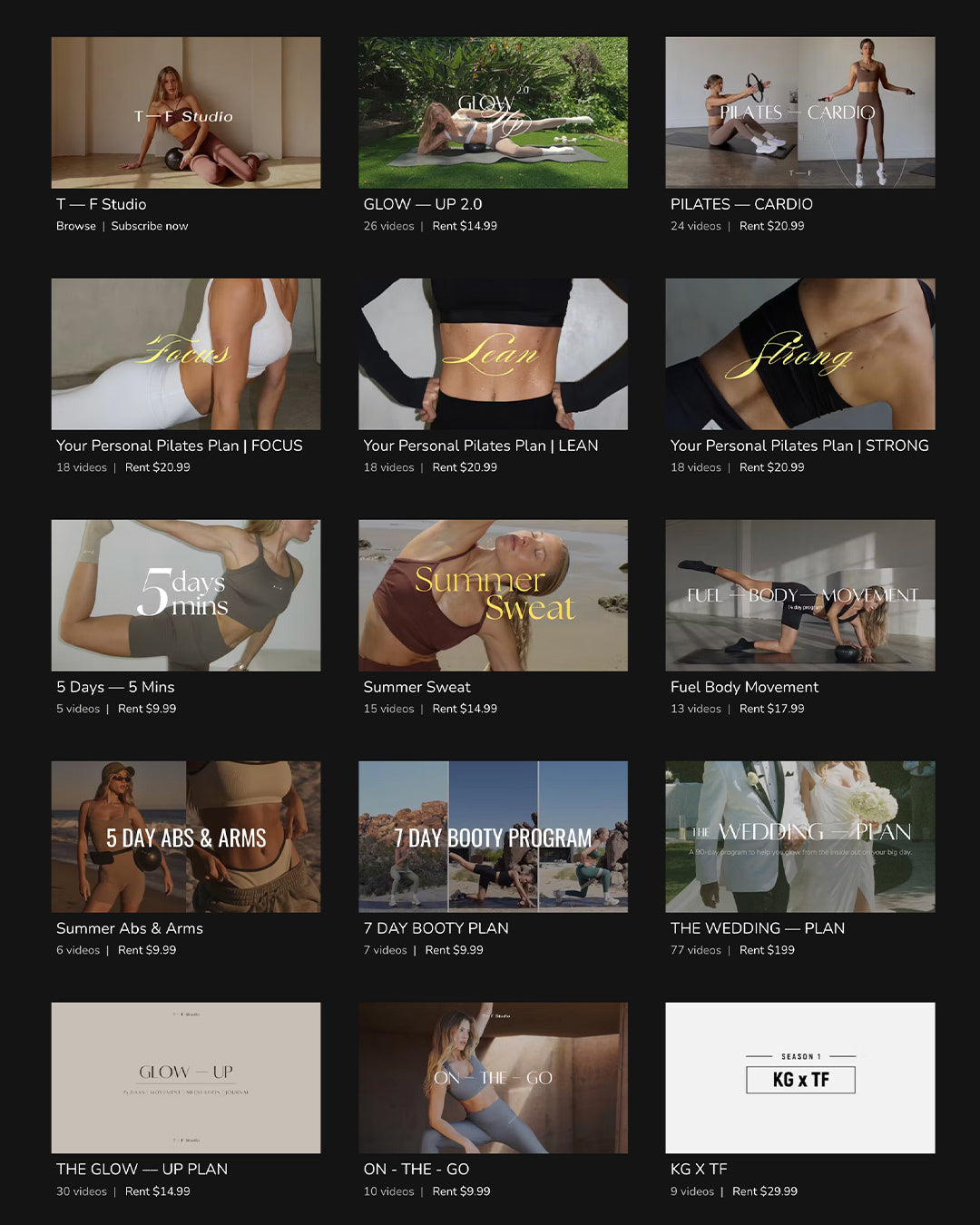We are now half way through our January program, Your Personal Pilates Plan! Every time a new program comes out I always get asked, “What should I eat?”. It’s important to know how your nutrition supports your body before, during, and after each workout. It’s like I always say–food compliments the movement and is just as important as the workouts themselves. So I decided to share some of my key nutrition tips that keep me going strong!
1. Quality Fats
Healthy fats are essential for muscle recovery, reducing inflammation, and supporting overall performance. Choose clean, high-quality fats like:
-
Olive oil, avocado oil, and coconut oil for cooking and dressings.
-
Nut butters (almond, peanut, cashew) as a snack or topping.
These fats provide long-lasting energy and help your body repair after each workout.
2. Protein for Muscle Repair
Pilates challenges your muscles, so it’s essential to replenish them with high-quality protein:
-
Wild-caught fish, grass-fed beef, pasture-raised chicken, and organic eggs are excellent choices. Protein supports muscle repair and helps build strength, so be sure to include a serving in every meal, especially after class.
3. Carbs
Complex carbs are your energy source for Pilates, but focus on fiber-rich options that provide sustained fuel:
-
Sweet potatoes, quinoa, rice, and buckwheat are great choices. These carbs support your energy levels throughout the day and help with recovery.
4. Probiotics and Fiber for Gut Health
Good digestion is key for nutrient absorption and recovery. Include fiber and probiotics in your meals:
-
Chia seeds, flaxseeds, and organic yogurt (dairy or non-dairy) promote gut health and help reduce inflammation.
Drink plenty of water throughout the day to keep your digestive system running smoothly, especially when increasing fiber.
5. Hydrate, hydrate, hydrate!
Proper hydration is essential for peak performance. Drink water consistently and consider adding electrolytes to your water after workouts to replace lost minerals like sodium and potassium. Staying hydrated supports muscle function and reduces the risk of cramps.
Your Personal Grocery List:
If you need a little bit of guidance, I have put together a shopping list of easy things you can find at the grocery store to fill your fridge and pantry with healthy items. Just head to the resources page to download the shopping list.
Final Tip:
Remember, nutrition isn’t just about what you eat; it’s about how you fuel your body to feel your best during and after your workouts. Focus on whole, nourishing foods, stay hydrated, and listen to your body’s needs. Here's to a healthy, energized start to the year!






